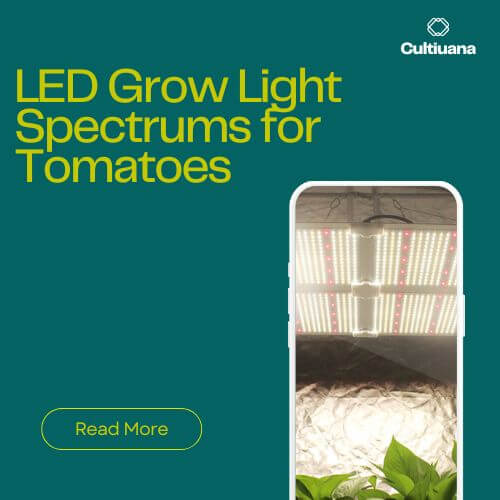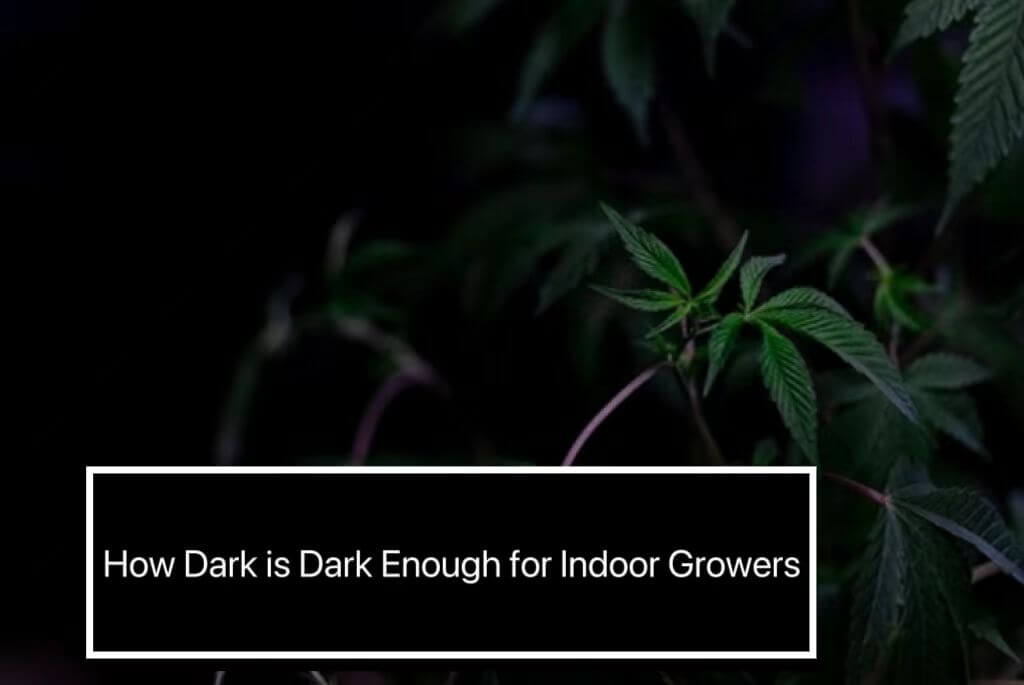
How Dark is Dark Enough for Indoor Growers?
Contrary to popular belief, you don't need complete darkness to grow cannabis indoors. New research shows that cannabis is sensitive to light pollution, but not as sensitive as previously thought. The safe limit for light pollution during flowering is 10 nanomoles or lower. This means even a full moon's glow isn't bright enough to cause problems.
However, relying solely on sight to assess light levels can be misleading. Standard light meters commonly used in indoor growing setups often lack the sensitivity to detect these incredibly low light levels.
Here's a deeper dive into the key takeaways, addressing each point with more details and insights:
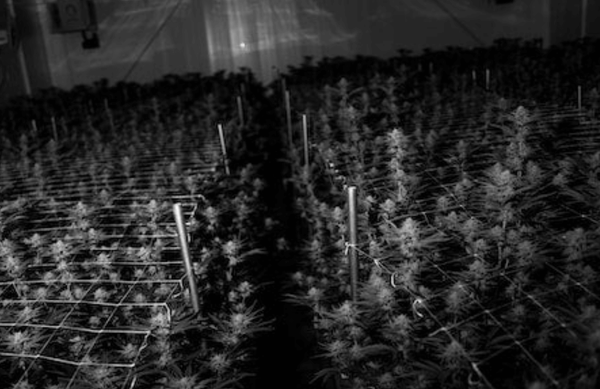
1. Threshold Limit: 10 Nanomoles or Lower for Light Pollution During Flowering
This revised threshold signifies the maximum acceptable level of light pollution during the flowering stage, measured in nanomoles per meter squared per second (nmol/m²/s).
It replaces the previously held assumption that any light exposure could disrupt flowering. This finding allows growers to relax their vigilance slightly, understanding that trace amounts of light pollution won't significantly impact their plants.
2. Full Moon: Not Bright Enough to Cause Issues
The full moon, often considered a source of disruptive light, has a measured brightness of around 1.6 nanomoles.
This value falls well below the 10 nanomole threshold, indicating that even on the brightest lunar nights, natural light pollution won't negatively affect your cannabis plants.
3. Standard Light Meters: Not Sensitive Enough to Measure These Low Light Levels
Many light meters commonly used in indoor growing setups are designed to measure light suitable for human vision. These meters typically lack the sensitivity to detect extremely low light levels like those present during night hours, especially in the range of nanomoles.
This limitation highlights the importance of using specialized light pollution sensors designed specifically for this purpose.
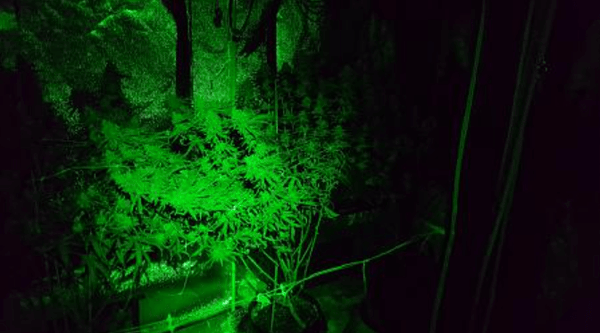
4. Rule of Thumb: If You Can Barely Read a Book with Large Print in the Dark, the Light Level is Likely Safe for Cannabis.
This simple yet effective rule of thumb offers a practical way to assess light pollution levels in your grow room. If, with dark-adapted eyes, you can barely make out the words in a large-print book, the light level is likely within the safe zone for your cannabis plants.
5. Interaction with Temperature: Cooler Night Temperatures Can Make Plants Slightly More Susceptible to Light Pollution.
Studies suggest that cooler night temperatures can increase a plant's sensitivity to light pollution. This means that while 10 nanomoles might be the general safe limit, it's crucial to consider the nighttime temperature in your grow room. If your nights are consistently cooler, aiming for an even lower light pollution level (perhaps 7-8 nanomoles) might be beneficial.
6. Interaction with Color: Green Light, While Considered a "Safe" Light, Can Penetrate Leaves More Effectively Than Red and Blue Light, Potentially Impacting Plant Perception in Low Light Conditions.
Traditionally, green light has been considered a "safe" light for use during the dark period, as it's not directly involved in triggering flowering responses.
However, recent research indicates that green light can penetrate leaves more effectively than red and blue light.
This raises the possibility that even low levels of green light exposure during the dark period could potentially impact plant perception and potentially influence flowering.
While further research is needed to fully understand the extent of this effect, it's wise for growers to minimize green light emissions from their grow lights, especially during the flowering stage.
By understanding these key takeaways and incorporating them into your indoor cannabis cultivation practices, you can create a more optimal environment for your plants to thrive.
Remember to measure light levels regularly using appropriate tools, adapt your lighting strategies based on the latest research, and stay informed about the ongoing advancements in this field.
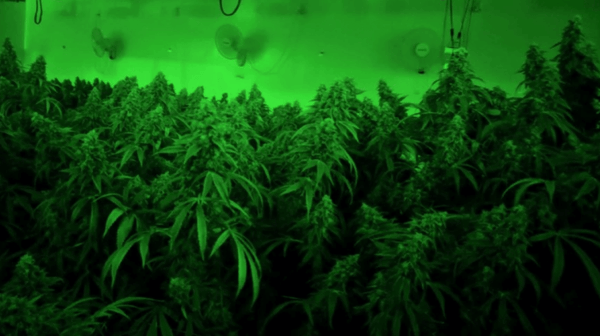
Remember:
Measure light levels: Use specialized tools like light pollution sensors offered by advanced LED grow light manufacturers.
Adapt your lighting strategies: Choose LED grow lights with minimal green light emissions during flowering to minimize potential light pollution issues.
Stay informed: Research is ongoing, exploring areas like the effects of short light flashes and plant perception in low light.
By following these tips and staying updated on the latest research, you can create an optimal environment for your cannabis plants to thrive.
Source:

